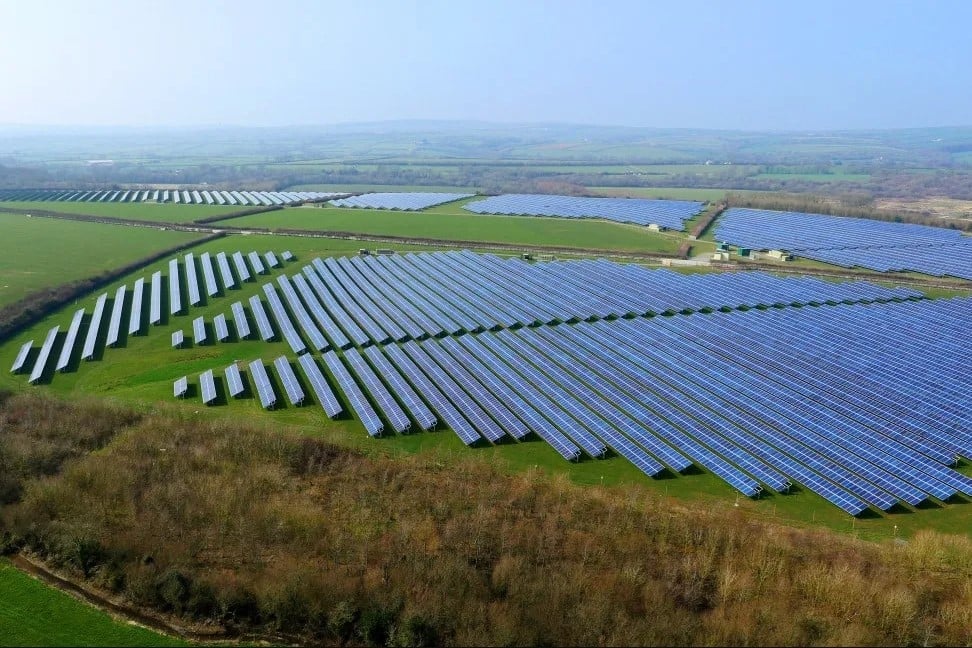The capacity threshold in which solar and onion wind projects are classified as nationally important infrastructure projects (NSIPs) will increase to 100 MW from December 31 this year.
Legislation by infrastructure planning (onshore wind and solar generation) Order 2025, onshore wind has been re -introduced in the NSIP regime and solar -PV developments with generating capacity under 100 MW will now be approved at the level of the local authority.
There are transitional provisions available for developments that come in the planning before the change.
It follows a consultation of the Ministry of Housing, Communities and Local Government last year, at which point the proposed new threshold was 150 MW. For Onshore Wind, the consultation was considered a threshold of 100 MW and in the end a consistent scale turned out to be the better option.
In theory, this change will speed up the cost-effective implementation of solar energy. Previously there was a “planning-dead zone” in the reach of 50 MW-150 MW, in which developers did not consider it cost-effective to request permission via the NSIP regime; Costs for biased viability.
The application process for a DCO is more complex (and therefore expensive) than that of the Town and Council Planning Act (TCPA).
The government has said that the decision to increase the threshold was taken “in the first place because of a higher threshold that better reflects technological progress in solar technology since 2008, when the original threshold was set. Solar projects for the current threshold of 50 MW are therefore probably not of a scale or complexity to be used” to use the National Significant Process. “
At the local level, however, there is much less certainty when it comes to timelines and probability of permission. Josh Cornes, market research analyst on Zon Media, recently followed the decision times and results of local planning authorities in the UK.
The current longest time for a project to go through the planning at the level of Local Planning Authority (LPA) is 177 weeks, which was submitted in 2020 and was approved more than 3 years later. However, this can be reported, with 3 projects submitted in 2021 pending a decision, including a 21MWP site and a 24MWP site.
Furthermore, most sites that are initially refused often win on appeal; The process can be as long as at NSIP level.
This was summarized by Gareth Philips, Energie -Expert at Pinent Masons from Advocatenkantoor, who said: “The NSIP regime offers investors a certain degree of certainty, while others such as the regime of the city and rural planning are consistent not consistent, often with decisions in the local planning authorities and the planning authorities and the planning authorities” “” “
The UK Solar Summit 2025 agenda contains the panel discussion NSIP Nation: Lessons from the Frontlines of Energie -InfrastructureBringing together developers with experience to share practical lessons from the front lines-what does not work and how to unleasen, streamline and accelerate the project delivery.
View the agenda and book tickets here– Use our exclusive discount code SPP20 For a 20% discount on your ticket!

